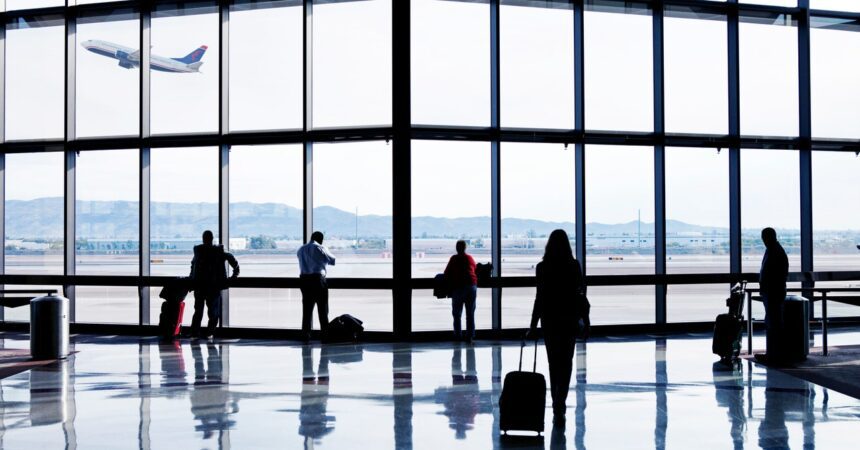republished from The Conversation under a Creative Commons license.
Many individuals have encountered odd and at times disruptive behavior while at an airport or aboard a flight. These behaviors can vary from harmless actions, like taking a nap on the floor or practicing yoga near the flight information displays, to more concerning incidents such as drunken arguments in the early hours or even attempts to open airplane doors while in the air.
Serious incidents seem to have escalated in recent years, with rising cases of air rage and aircraft diversions. Such occurrences have sparked discussions on the need to limit or even prohibit alcohol sales at airports and onboard aircraft. For instance, RyanAir has suggested implementing a two-drink maximum at airport bars to curb drunken behavior during flights.
But what is it about airports that prompts us to behave differently? Let’s explore the psychological aspects at play.
Many vacationers perceive the airport as the starting point of their adventure, which shifts their mindset from their everyday life. They are excited to launch into a week or two of carefree enjoyment.
On the flip side, some travelers may experience anxiety regarding flying, which can lead them to act unpredictably or seek solace in alcohol. The overwhelming noise and crowds found in airports contribute to this discomfort. Environmental psychology has shown that humans are highly attuned to their surroundings and can quickly become overwhelmed by stressors like cacophony and throngs of people.
Stress and anxiety lead to irritability, both in the short term and long term. Individuals who tend to be anxious may exhibit heightened anger. Additionally, a fleeting moment of anxiety can provoke angry reactions.
I believe we should also examine the airport through a psychogeographic lens. Psychogeography studies how specific environments impact emotions and behaviors, with a focus on urban settings.
In Celtic traditions, there exists a notion of “thin places”—often sacred locations like groves or forests—where the boundary between the physical and spiritual worlds is tenuous. In these spaces, we find ourselves in between two realms, not fully anchored in either.
Within the context of modern society, airports can likewise be categorized as “thin places.” They serve as transitional zones where distinctions begin to blur. On a concrete level, national borders fade. After passing through security, we enter a neutral territory, suspended between nations. The concept of place becomes indistinct.
Similarly, the perception of time loses clarity in airports. As we prepare to board a plane, we occupy a transitional space between time zones, about to leap into a future time or even return to the past. In certain routes across the US—like Atlanta to Alabama—the arrival time can even be earlier than the departure time due to crossing time zones. The ability to control our time brings a feeling of stability, and losing this can heighten anxiety.
Moreover, airports represent a zone devoid of the present. The current moment often feels unwelcome, as travelers fixate on the future and the adventures awaiting them at their destination. This intense focus on what lies ahead can lead to aggravation, especially when faced with flight delays.










